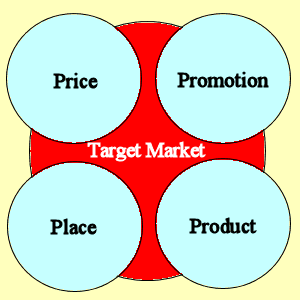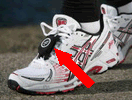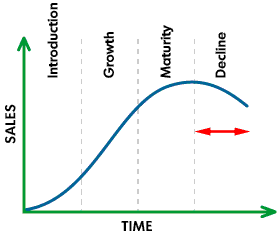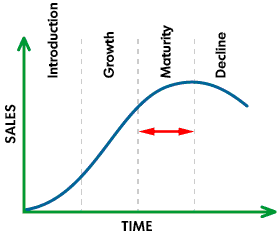For some, a product is simply the tangible, physical entity that may be buying or selling. The product is more than just the plastic, metal, wood, electronics or other components that come together. There can be three levels of a product: the CORE product, the ACTUAL product and the AUGMENTED product.

Marketing Mix- Product
CORE PRODUCT is the BENEFIT of the product that makes it valuable to you. For example, when you buy a car, you can travel anywhere at your convenience. Your convenience of traveling anywhere and anytime you want is the BENEFIT of buying a car.
ACTUAL PRODUCT is the tangible physical product. The car that you bought is the ACTUAL PRODUCT. With leather seats, an iPOD dock, sun roof, 17 inch mag wheels, etc.
AUGMENTED PRODUCT is the non-physical part of the product. It usually consists of lots of added value, for which you may or may not pay a premium. Using the same product, the car dealership gives you an offer to finance the car by paying 10% down payment and the rest will be payable in 12 months with 0%. Or if you decide to pay the full price of the car, the dealership will give you a 25% discount on all repairs and services. The financing of the car and the discount on the repairs and the services are the augmented products which the buyer will not have to pay for it but an added value of the car.
Which of these benefits does your target market really care about? Have you asked them? Your important benefit and theirs may not align.
Understand Your Product,
Samuel Carrara









